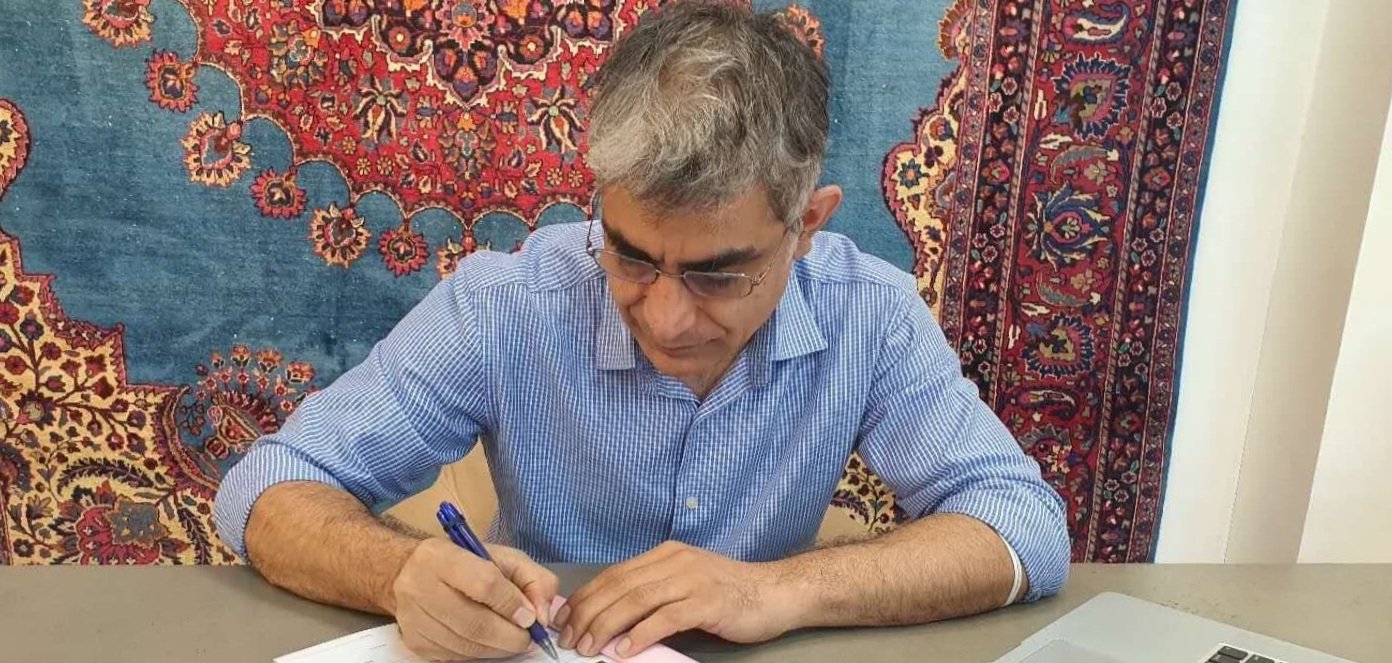Your Cart is Empty
4 min read
Heritage Collection:
Carpet-making is a millennia-old tradition tightly connected to ancient cultures. It started with the evolution of humanity and the development of an innate urge to make homes comfortable and beautiful. The archaeological finds prove that the craft was well-established and perfected by the 8th century B.C. The sophistication of designs and techniques of the fragments from the mentioned period points to the weavers not making simple floor coverings but weaving to the order patterns they were commissioned to weave. We classify such carpets today under several terms, such as "court carpets," "workshop rugs," "city carpets," or "classic rugs." This genre is opposed to the other group that was probably made earlier than the "court rugs," which the primitive folk made for their caves or huts and later developed into village or tribal rugs. Persian and other weavers continue creating rugs of both kinds. The following focuses on the "classic rugs," the author's preferred term for "court, city, or workshop rugs."
You may find many samples of such rugs here.
Carpet-making is a Millennia-Old Tradition:
The intricate patterns of Persian carpets draw inspiration from various sources, including centuries-old traditions and contemporary artists. These designs are carefully planned, with the designer meticulously considering every detail. This attention to detail sets Persian carpets apart from other types of rugs, such as tribal rugs.
The 16th and 17th centuries were significant periods in Persian carpet design, as the Safavid dynasty saw the arts flourish. The kings of the Safavid era were great patrons of art, leading to artists thriving during that time. Many classic Persian carpets feature designs that are variations of intricate tile works, paintings, book covers, and other art forms from that era.

In picture: beautiful detail of a Safavid palace in Isfahan (17th century)
Many of these designs focus on symmetry and a central medallion, with other elements often resembling stylized flowers and details, seemingly moving towards the centre. This central medallion resonates with Gustav Jung's concept of the "self," showcasing the universal appeal of these patterns and hinting at the theory of archetypes and collective memory.

In Picture: Ardabil carpet is one of the most famous carpets in the world. Woven in the 17th century, it is on display at V&A.
One of the most popular styles of Persian carpet design is the "Shah Abbasi" pattern, based on the designs from the Safavid era. However, contemporary artists have also developed numerous other styles and original designs.

In picture: A mid 20th century Isfahan rug in Shah Abbasi design.
Creating the final pattern for a Persian carpet begins with several sketches and drawings, which are later refined and transferred to a pixelated format on graph paper. Each square on the graph paper represents a knot, and the designer meticulously calculates the number of knots and the colour of each square. This process can take months to complete, but it is essential to ensure the precision and beauty of the final product.

Once the design is finalized, the material procurement process begins. The production director, who often commissions the design and invests financially in the project, decides on the material and chooses the weavers. In many cases, the designers themselves act as the production director and supervise the entire process, leaving their signature on the finished rug.
The choice of material and its quality significantly impact the final look of the carpet. Factors such as the number of knots, marketability, cost, and the project's objective (whether it aims to create a piece of art or a practical rug for everyday use) influence the selection. The fame of Persian carpets partly arises from the quality and strength of locally produced wool, traditionally spun and dyed using natural sources such as madder root, indigo, walnut skin, turmeric, pomegranate skin, hay, and others.


Left: A tribal lady spinning wool into yarn. Right: A dye master dying the yarn in a pot.
Spinning and dyeing the yarn are tedious and time-consuming processes. Handspun wool is often preferred over machine-spun wool, and skilled women in nomadic and mountainous areas produce the yarn suitable for rugs. Skilled dye masters dye the yarn using ancient methods, often in small pots and in small quantities. This artisanal practice results in the magical colours one can observe in a Persian carpet.
Once the material and yarn are ready, the weavers take over. They meticulously follow the pattern and colour of every knot from the graph paper. Each knot represents a square on the paper. Weavers tie hundreds of thousands of knots to create a classic rug, with a skilled weaver producing approximately 5,000 knots daily. The colour of each knot must correspond to the design, and their sizes must be consistent with achieving a flawless execution of the pattern and creating a masterpiece.

In picture: A classic Persian Tabriz made in the workshop of the master Jawan Amir Khiz. Circa early 20th century. Signed.
Each stage of creating a carpet is a painstaking process, requiring proper planning, synchronisation among the various elements and individuals involved, and, above all, a passion for the craft. It is through the dedication and commitment of designers, weavers, dye masters, and all those involved that a mere rug is transformed into a Persian masterpiece. The result is a testament to Persia's rich cultural heritage, showcasing the artistic prowess, skill, and timeless beauty that define Persian carpets. From design to creation, these carpets embody the essence of artistry and serve as a testament to the enduring legacy of Persian craftsmanship.
7 min read
